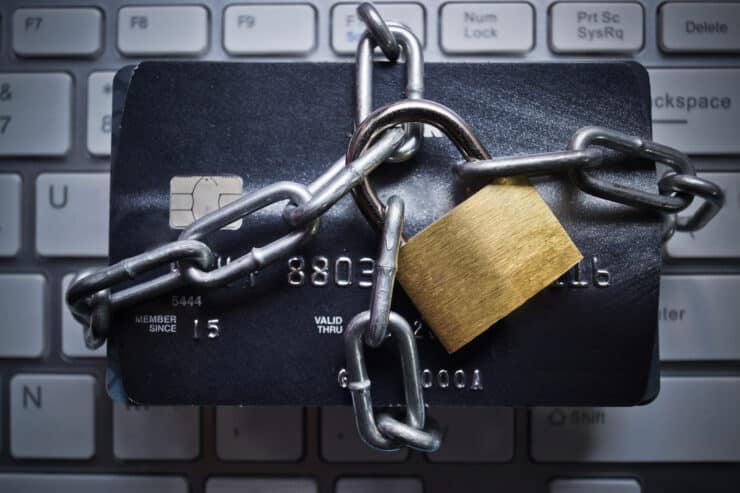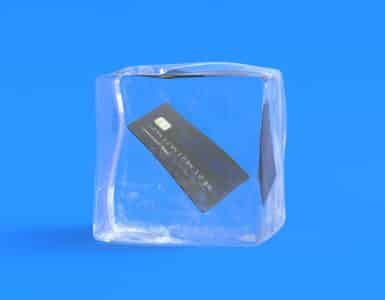Do one thing: Spot fraud faster by checking in on your credit reports once a month – or every few months. Go to AnnualCreditReport.com to request a free copy of your credit reports.
Check for Fraud and Identity Theft
There’s a good reason to check in on your credit reports every month or so: To make sure no one has stolen your identity and opened up new accounts in your name – something that has happened to millions of Americans in recent years, crime data shows.
Easier Access to Credit Reports
The good news? It has never been easier to access credit reports for free from the three major national credit reporting bureaus: Equifax, Experian, and TransUnion. In 2023 the agencies permanently extended a program allowing for anyone to request a free copy of their online credit report once per week.
How to Get Your Credit Report
Those who use SavvyMoney have 24/7 access to a VantageScore credit report through online banking. You can also visit AnnualCreditReport.com to obtain a free copy of your credit reports.
If you download a copy of your latest credit report and see a new account – or hard inquiries for new credit lines – that you did not apply for, it’s time to take action. First, TransUnion suggests contacting the lender directly and asking them about the inquiry on your credit report. If they say it was a mistake, ask them to let the credit reporting agencies know as soon as possible.
ProTip
Federal law allows you to dispute inaccurate information on your credit report with no fee for filing the dispute. You can also submit a dispute to the companies who provided the info (in dispute) to the credit reporting bureau(s) that included the details on your credit report.
How to Remove Hard Inquiries Caused by Fraud
When a credit inquiry was made fraudulently, follow these steps:
- Report it immediately to the Federal Trade Commission (FTC) at IdentityTheft.gov
- Use the documentation you receive from the FTC when you dispute the fraudulent credit inquiry to the credit reporting agencies.
“You can get hard inquiries and activities associated with fraudulent accounts removed from your credit report, but the whole process is arduous,” says Chris Diodato, a certified financial planner and founder of YourWellth.net. Over the years, he has helped clients reclaim their credit scores after accounts were opened fraudulently in their names.
“We have successfully removed them from a credit report,” he explains, “after several months of interacting with businesses and financing companies.”
Once you go online and file a report with the FTC, Diodato says you can send a copy of the report, including associated fraudulent activities, to the three credit bureaus. “They can process your request, but they will most likely require proof of identity as well as any supporting evidence that your identity was indeed stolen.”
Contact Companies Where Fraud Happened
You should also reach out directly to businesses where fraudulent charges occurred, Diodato explains, as well as any financing companies the fraudster engaged with using your stolen identity: “They will need to be provided a copy of your FTC report as well as a letter of dispute. This should help mitigate further dings to credit due to late payments or accounts in collections.”
More Resources for Removing Hard Inquiries
In your quest to remove inaccurate information from your credit reports, you can also find help on the FTC’s Theft.gov website. Check out this sample letter on the website.
Consider These Next Steps
- Freeze Your Credit. During the identity theft recovery process, Diadato says it’s usually a best practice to freeze your credit, which protects you from more new accounts being opened fraudulently while an investigation is being conducted.
- Add Fraud Alerts. When you ask a credit agency to add a fraud alert to your credit reports it then requires creditors to verify you are the person potentially adding new credit accounts (or changing limits on existing credit accounts) by contacting you at a phone number you have provided.






